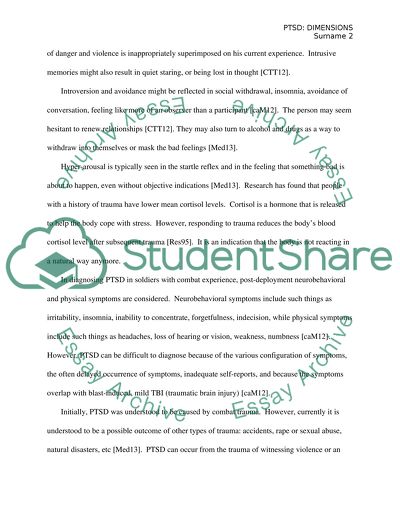Cite this document
(“PTSD: Physical, Mental, and Spiritual Dimensions Research Paper”, n.d.)
Retrieved from https://studentshare.org/psychology/1469480-post-traumatic-stress-disorder
Retrieved from https://studentshare.org/psychology/1469480-post-traumatic-stress-disorder
(PTSD: Physical, Mental, and Spiritual Dimensions Research Paper)
https://studentshare.org/psychology/1469480-post-traumatic-stress-disorder.
https://studentshare.org/psychology/1469480-post-traumatic-stress-disorder.
“PTSD: Physical, Mental, and Spiritual Dimensions Research Paper”, n.d. https://studentshare.org/psychology/1469480-post-traumatic-stress-disorder.


